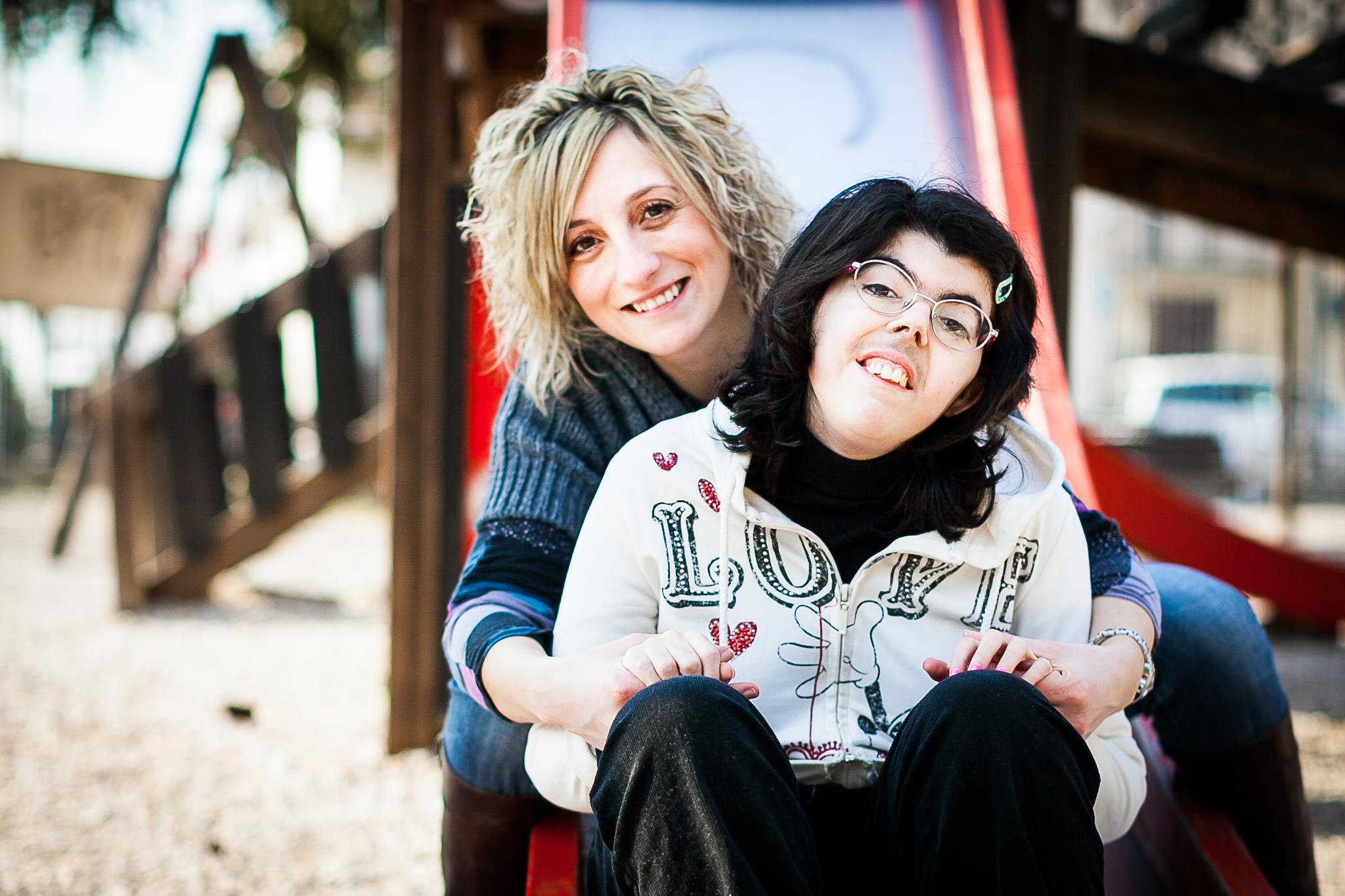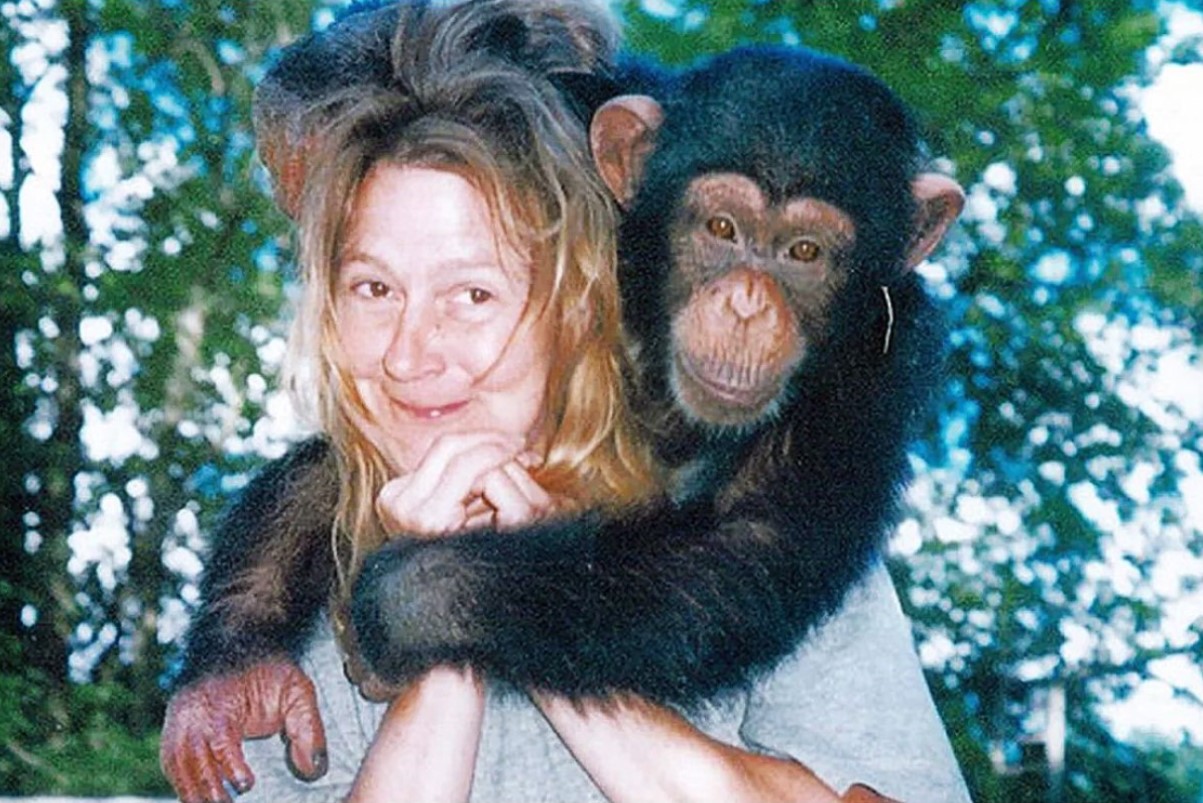
What is Brachman-De Lange syndrome? Brachman-De Lange syndrome, also known as Cornelia de Lange syndrome (CdLS), is a rare genetic disorder that affects many parts of the body. It was first described by Winfried Robert Clemens Brachmann in 1916 and later by Cornelia Catharina de Lange in 1933. This condition is caused by mutations in genes responsible for DNA replication and repair, leading to a range of physical, intellectual, and developmental challenges. Individuals with CdLS often have distinctive facial features, growth delays, and intellectual disabilities. Understanding this syndrome is crucial for early diagnosis and effective management, improving the quality of life for those affected.
What is Brachman-De Lange Syndrome?
Brachman-De Lange Syndrome, also known as Cornelia de Lange Syndrome (CdLS), is a rare genetic disorder. It affects many parts of the body and leads to a range of physical, intellectual, and developmental challenges.
-
Incidence: This syndrome is rare, occurring in about 1 in 10,000 to 1 in 60,000 newborns. The exact number isn't known because it can be hard to diagnose.
-
Genetic Basis: Mutations in genes like NIPBL, SMC3, RAD21, SMC1A, and HDAC8 cause CdLS. These genes are crucial for DNA replication and repair.
Recognizing the Clinical Features
CdLS has distinct physical features that can help in its diagnosis. These features often appear at birth or in early childhood.
-
Clinical Features: People with CdLS often have a small head, wide forehead, short nose, heavy eyebrows, and a downturned mouth. Excessive hair growth is also common.
-
Growth Retardation: Growth issues start before birth and continue after. This leads to short stature and delayed development.
-
Intellectual Disability: Intellectual disability ranges from mild to severe. Many have trouble with speech and language.
Health Complications
CdLS affects more than just appearance and growth. It can lead to various health problems that need medical attention.
-
Dental Problems: Delayed tooth eruption, small teeth, and gum disease are common. Acid reflux can worsen dental issues.
-
Skeletal Abnormalities: Short skulls, underdeveloped jaws, and limb issues are typical. Cleft palate is also frequent.
-
Cardiac Malformations: Heart defects are common and may need early treatment.
-
Gastrointestinal Issues: Many with CdLS have gastroesophageal reflux (GERD), causing feeding and breathing problems.
-
Genitourinary Malformations: Boys may have undescended testes, and girls might have vaginal anomalies.
Behavioral and Developmental Challenges
Behavioral issues and developmental delays are significant aspects of CdLS. These challenges require specialized care and support.
-
Behavioral Problems: Hyperactivity, self-injury, aggression, and sleep issues are common. These behaviors can impact daily life.
-
Autism Spectrum Disorder: Many with CdLS show autistic traits. This makes social interactions and communication harder.
-
Sleep Disturbances: Sleep problems range from mild to severe. Specialized interventions can help improve sleep quality.
-
Feeding Difficulties: Feeding issues are common in infants and young children. GERD and oral motor dysfunction are often to blame.
Sensory Impairments and Diagnosis
CdLS can also affect hearing and vision. Early diagnosis and intervention are crucial for managing these impairments.
-
Hearing and Visual Impairment: Hearing and vision problems are not uncommon. Early intervention can improve quality of life.
-
Molecular Diagnosis: Genetic tests can confirm CdLS. Sequencing and analysis of specific genes help identify mutations.
Management and Support
Managing CdLS requires a team of specialists. Early intervention and ongoing support are key to improving outcomes.
-
Management and Treatment: A multidisciplinary approach is essential. Early intervention addresses feeding, hearing, vision, heart, and urinary issues. Behavioral therapies and educational support are also crucial.
-
Prognosis: Outcomes vary widely. Some have significant delays and disabilities, while others have milder symptoms and better outcomes with proper care.
-
Research and Awareness: Ongoing research aims to understand CdLS better and develop effective treatments. Increased awareness helps with early diagnosis and intervention.
-
Support Systems: Support for individuals with CdLS and their families is vital. Access to specialized healthcare, educational resources, and community support networks is essential. Organizations like the Cornelia de Lange Syndrome Foundation provide crucial support and advocacy.
Understanding Brachman-De Lange Syndrome
Brachman-De Lange syndrome, or Cornelia de Lange syndrome (CdLS), is a rare genetic disorder with a wide range of physical, intellectual, and developmental challenges. From distinctive facial features and growth retardation to intellectual disabilities and behavioral issues, this condition affects many aspects of life. Early diagnosis and a multidisciplinary approach to management can significantly improve outcomes. Genetic testing helps confirm the diagnosis, while specialized healthcare services address the various complications. Support systems and organizations like the Cornelia de Lange Syndrome Foundation play a crucial role in providing resources and advocacy. Ongoing research aims to better understand the genetic mechanisms and develop more effective treatments. Increased awareness and early intervention are key to enhancing the quality of life for those affected by CdLS.
Was this page helpful?
Our commitment to delivering trustworthy and engaging content is at the heart of what we do. Each fact on our site is contributed by real users like you, bringing a wealth of diverse insights and information. To ensure the highest standards of accuracy and reliability, our dedicated editors meticulously review each submission. This process guarantees that the facts we share are not only fascinating but also credible. Trust in our commitment to quality and authenticity as you explore and learn with us.


